Movers & Shakers
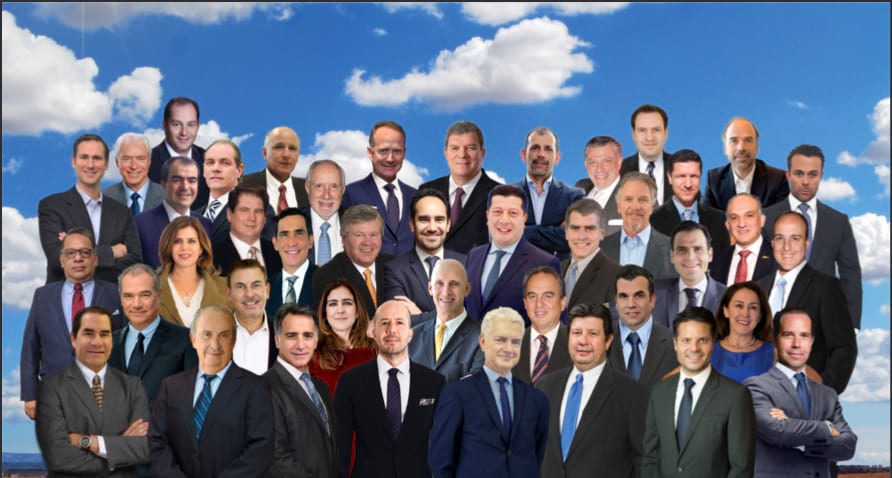
Warning: foreach() argument must be of type array|object, bool given in /home/mexiconow/public_html/sites/mexiconow/wp-content/themes/mexiconowwpnew/single.php on line 254
Mexico’s Industrial Real Estate
The Silver Linings of the Pandemic
By Sergio L. Ornelas
MEXICONOW Editor
Foreign direct investors evaluating countries or regions to install manufacturing or logistics operations are flooded with information about Mexico’s usual advantages: Proximity to the U.S. market, record number of trade agreements, skilled work force and a fairly large consumer market.
But a top competitive advantage of Mexico is usually not addressed in those corporate boardroom discussions where location decisions are made; indeed, industrial parks and buildings become part of the conversation
much later in the process, and by lower levels of management or third parties. At the boardroom, land and buildings are a mere footnote, if at all.
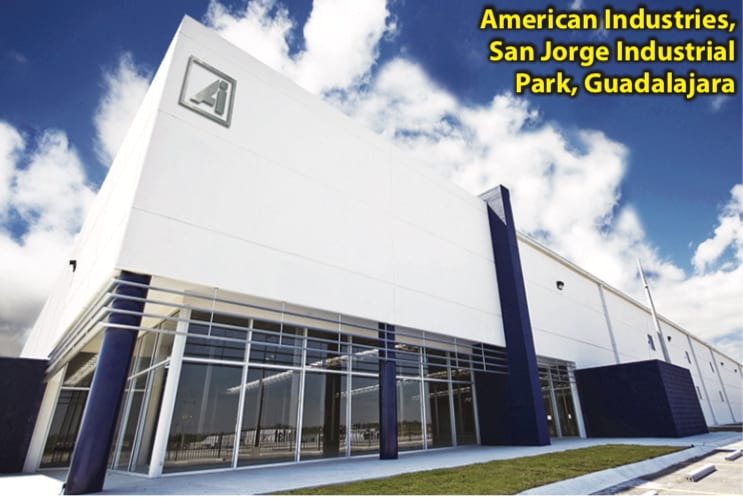
Mexico needs to make sure that location decision makers are aware that the country has one of the world’s top industrial and logistics developments and facilities in the world, comparable to, and many times better than those
in developed economies. Quality, on-time deliveries, competitive prices, ready-to-move-in buildings, no-nonsense locations and a truly elite value chain define the industrial real estate marketplace in Mexico.
And nowadays that the country is losing competitiveness in other fronts mainly courtesy of the erratic decisions of the President of Mexico, the case in point is important, simply because the roof, where industrial and distribution operations reside under, is among the most important, if not the major cost component of the budget of any given project.
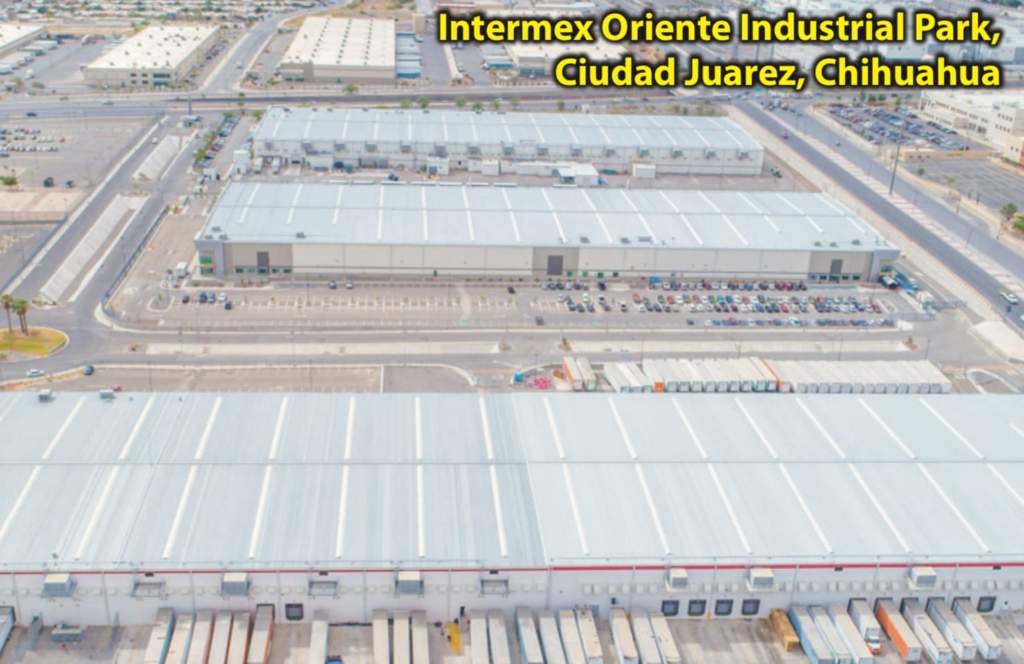
Those gigantic boxes that shelter manufacturing and logistics operations are not mere piles of steel and cement, they are a dynamic and fundamental factor of each business, just as your home is in your life.
But behind those mute structures, there is a more humane, entrepreneurial and compelling story: It is about the developers and participants in the industrial real estate value chain that created and have sustained the proper conditions to host foreign direct investment in Mexico.
Our cover in this edition of MEXICONOW includes most of the industrial and logistics real estate leaders in Mexico. We are sorry if we missed anyone in the cream of the crop, they were probably busy making a deal and did not make it for this snapshot.
In this article we will review the trends and the state of Mexico’s industrial & logistics real estate market (The Market) from a qualitative point of view and mostly from some of the minds of the Movers & Shakers in this business.
Resilience
Thanks to its robust nature and market factors that have helped to resist the economic shocks that have hit, the industrial real estate sector has been one of the least affected during 2020 in comparison to other real estate segments such as brick and mortar retail, hotels and offices.
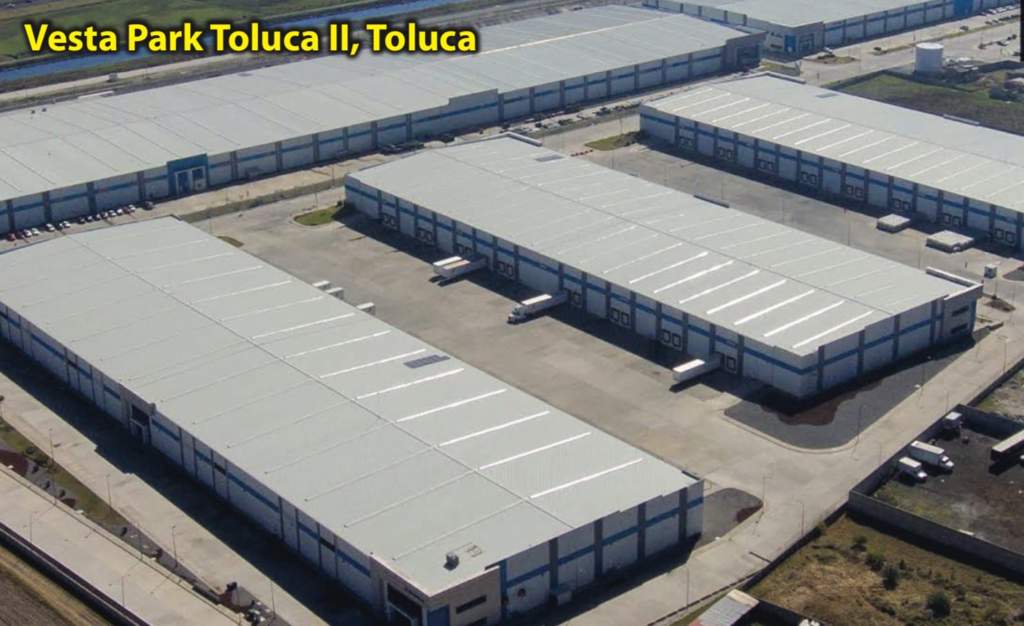
Throughout 2020, the Coronavirus defined all aspects of our social and economic life. The Pandemic spoiled the seemingly unstoppable automotive industry of Mexico by forcing OEMs and suppliers to lockdown; efforts to improve the economy in the country were smashed by the invisible enemy sending millions of people into poverty and literally a million businesses into bankruptcy.
Nevertheless, while the pandemic takes a relentless toll, many of the industrial real estate firms in Mexico came through the year in better or not as in bad shape than they thought they would earlier in the year.
Everything has a silver lining. In this case, science was forced into unprecedented innovation by producing a highly effective vaccine in record time, and for our purposes, home officing propelled Mexico to dearly embrace e-commerce, which resulted in a boom for logistics space in The Market.
A thriving e-commerce has strengthened real estate in Mexico during the COVID-19 pandemic and is driving the forecast for this industry for 2021.
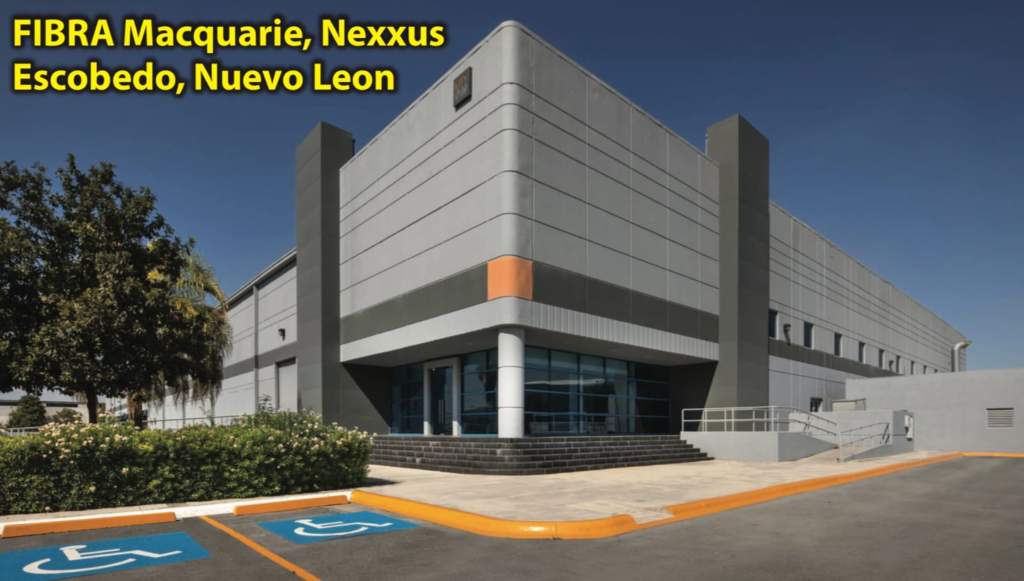
Lorenzo Dominique Berho, Vesta’s CEO, explained that last mile locations are gaining attention in Mexico as e-commerce keeps growing. Last April, Vesta signed agreements with an international e-commerce player and a global food and beverage company. Coppel recently did the same to open a distribution center in Monterrey.
“The signing of these contracts with high-quality companies marks another
important step for Vesta, as we continue effectively executing our Level 3 Strategy to achieve our 2024 goals, such as further penetrating the e-commerce and consumer goods markets and continuing to diversify our tenant base with greater representation within the logistics sector,” said Berho.
During the recovery of the industrial sector, real estate companies in Mexico remain hopeful because the indicators driving investments are low
vacancy rates in most major regions at the national level.
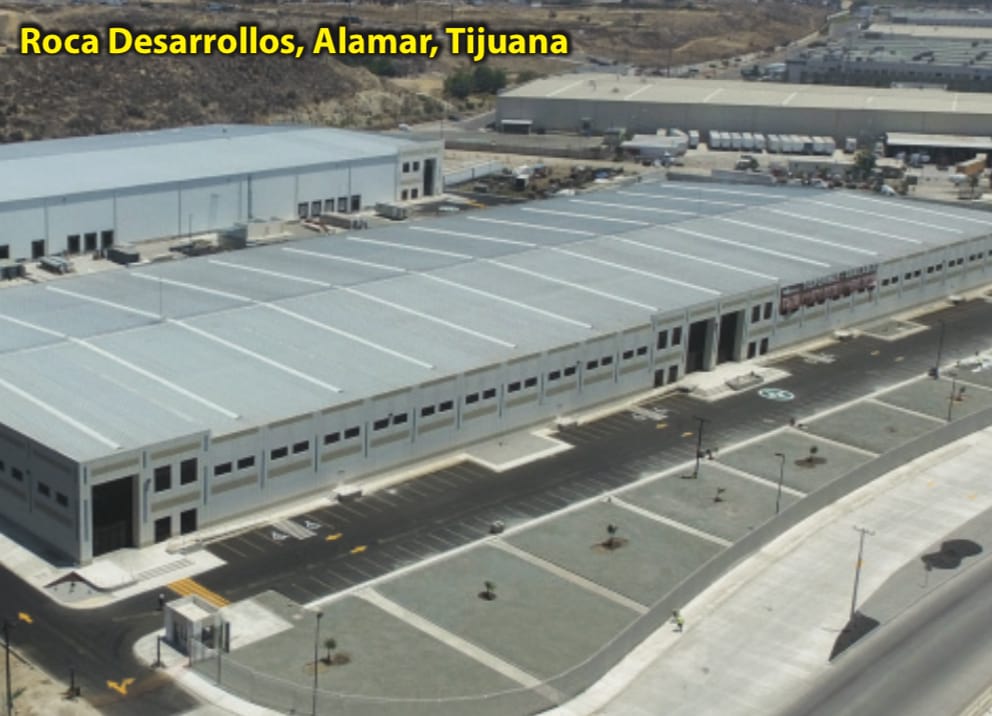
“Industrial fundamentals remain strong across the country, and we are cautiously optimistic about the leasing environment in the fourth quarter
of 2020 and into 2021,” said Juan Monroy, FIBRA Macquarie’s CEO recently. “Our industrial portfolio continued its robust performance with increases in average rental rates and the benefits of largely U.S. dollar denominated rents.”
Francisco Muñoz, senior vice president of Industrial and Logistics at CBRE, comments that the industrial real estate environment is optimistic thanks to the USMCA, as he trusts that there is increasing interest from companies to establish themselves in Mexico and manufacture their products in the country for the export market to the United States and Canada. He also foresees the arrival of Asian companies that seek to produce in Mexico and access the United States market. “Regarding industrial real estate, both in manufacturing and in logistics, we are seeing positive trends; companies that suffered a slowdown are starting to reactivate the business,” Muñoz said.
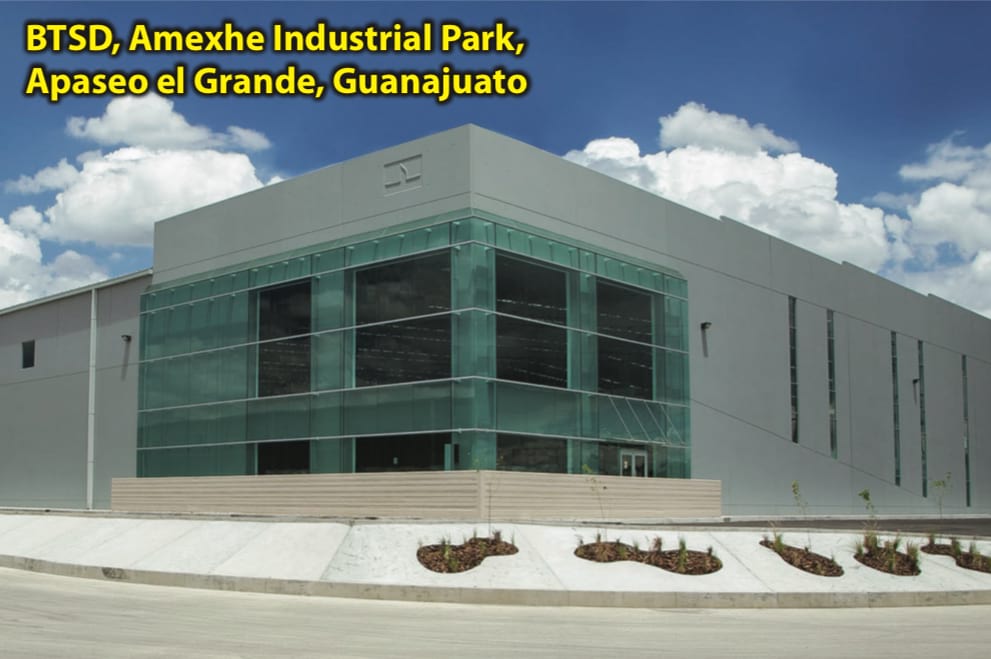
Victor Lachica, Cushman & Wakefield President and CEO indicated: “The risks that the pandemic has left us have forced us to advance the changes that we had already planned for two or three years. In the industrial sector, we had to rethink strategies. We have seen good dynamism in the industrial sector which has had a rebound.”
Salomon Noble, CEO of Intermex Industrial Parks said: “The world after the vaccines deployment and their effectiveness would fundamentally establish the conditions for the return of consumer confidence, and pent-up demand
will activate most industrial sectors on the road for an accelerated economic recovery. Low interest rates for the foreseeable future and the U.S. government healthy economic stimulus packages would catalyze the positive effects of the vaccine.”
Lyman Daniels, CBRE President for Mexico offered an optimistic bottom line for 2020: “Industrial real estate is still active and probably when we have the year-end numbers, we will surpass 2019 or have a similar behavior. It is a healthy sector from the border to Mexico City.”
The Thriving FIBRAS
If the general public thinks that industrial real estate is a dull and unimportant subject, think again, because a portion of the retirement savings of everyone employed in Mexico is invested in real estate through the investment vehicles referred to as FIBRAS, an acronym in Spanish for Real Estate Investment Trusts, similar to the REITs in the U.S.
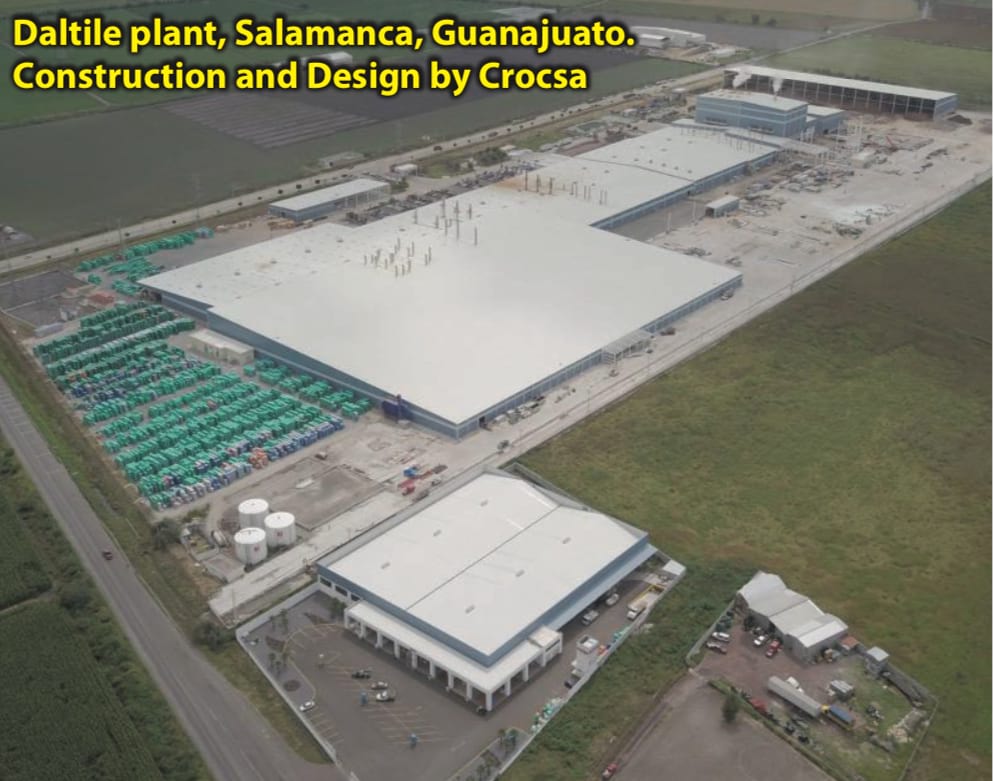
Most employees’ Retirement Funds Administrators in Mexico, known as AFORES, are increasingly trusting funds into the FIBRAS, whose certificates or stocks are publicly traded in the Mexican Stock Exchange. Domestic and international investors are happy to know that their funds are protected and producing financial returns in FIBRAS.
This investment option is truly among the best Mexico has to offer. In particular, industrial FIBRAS enjoy mostly dollar denominated leases and by law they have to distribute most of their income. So institutional and individual investors enjoy unusual high returns while their capital sits on pretty strong assets.
Luis Gutierrez, CEO and President of FIBRA Prologis and current head of AMEFIBRA, the Mexican Association of Real Estate FIBRAS, recently said: “In Q3-2020 our FIBRAS sector collected 98.5% of the rents, in line with expectations; in addition, occupancy levels averaged 95%, which contributed to an annual 12% increase in revenue during that period of time. Our members feel confident that 2021 would be better than 2020.”
USMCA & Reshoring
Another silver lining resulting from the pandemic is the fact that the disruption it caused in global supply chains coincided with the entry into force of the U.S.– Mexico-Canada Agreement, laying the ground for potential relocations from Asia to North America, particularly to Mexico, which is the low-cost manufacturing platform in the region.
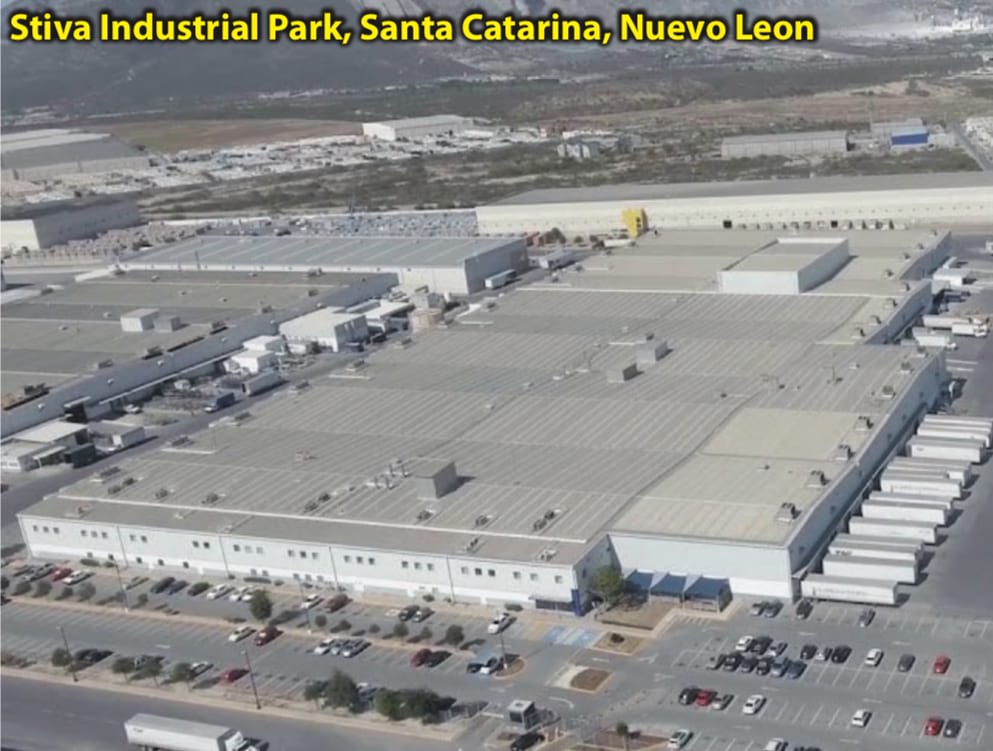
“When we consider the certainty Mexico offers in trade policies, and its adaptive and highly skilled labor force focused on enhancing productivity, it becomes clear why more and more companies are looking into how they can start up operations in Mexico,” said Alejandro Lara, American Industries Board Director.
Chinese manufacturing had already been losing ground prior to the pandemic outbreak, and world industries, particularly the automotive, medical and electronics sectors, were sparingly looking for suitable alternatives to improve their supply chains.
Alan Russell, Chairman of the Board of the Tecma Group said: “Because the unsteadiness of Chinese manufacturing plants has deeply impacted automotive companies’ capabilities, and because of the benefits to manufacturers afforded by the recently implemented United States-Mexico-Canada trade agreement, manufacturers around the world are motivated to accelerate changes in their supply chains. In an effort to rely less on Chinese assets, Mexico has become a very attractive place to invest.”
Time will tell how large this trend may become, but glimpses of evidence are starting to emerge.
For example, the industrial real estate market in Northern Mexico has remained active despite the COVID-19 pandemic. The increased activity in reshoring on top of a booming e-commerce projects caused many companies to look for space for their distribution centers and manufacturing operations along the U.S.– Mexico border. This increased activity is more evident in cities such as Tijuana, Juarez, Monterrey, and Reynosa.
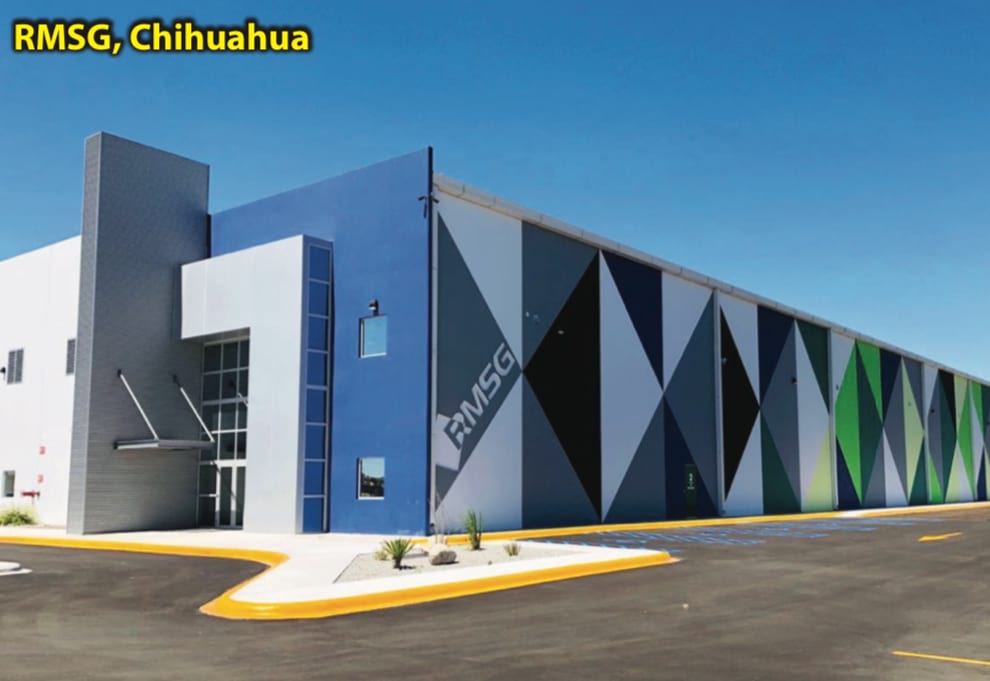
“We are exploring opportunities in the North of the country. It has always been our idea to continue growing in this market, which has its challenges, with large tracts of land, but the players that are there are few and the competition is strong,” said Pablo Barcos, investment director at
BTS Development.
But Mexico needs to resume making industrial promotion and placing its advantages in the radar of potential investors. There is an important pipeline of projects in wait of Mexico signaling a friendlier approach to foreign investment.
José María Garza Treviño, CEO of Grupo Garza Ponce denoted: “The government also has to do its part to attract investment, not all the work must be done by private companies. We have seen a decline in government promotion of the country. The government already terminated ProMexico. In Nuevo León we have formed a joint promotion and investment agency with the state government and private companies. The investment will not come alone, we have to look for it.”
ESG
Business sustainability has increasingly become a fundamental practice of successful corporations. Environmental stewardship, social responsibility and corporate governance (ESG) strengthens and humanizes the relationship of an otherwise “cold enterprise” with its employees, customers, investors, suppliers and the communities where they operate.
Analysts point out that global real estate and its associated branches in the construction industry are one of the main contributors to global warming, since it is estimated that annually they consume about 40% of the world’s energy and generate more than 20% of international carbon emissions.
According to Claudia Ávila Connelly, General Director for the Mexican Association of Industrial Parks, its membership is increasingly developing spaces that allow energy saving and the use of renewable energies, as well as the recycling and reuse of water and the responsible management of waste. At a next level, the executive foresees that demand will lean towards the “circular economy,” that is, that from the implementation of certain systems in industries, the use of waste in the production of products or services is facilitated.

Today, more and more institutional investors are leaning towards those companies that invest in the buildings of the future. Green and recreational areas, nurseries, training centers, health and first aid facilities, shopping centers, ATMs, bicycle lanes and public transport are some of the requirements of the new tenants of industrial parks in Mexico, in order to reduce levels of staff turnover and increase productivity.
Transparency, compliance and internal control are at the core of Corporate Governance and should be part of the vision, mission, strategy and goals of successful firms. Publicly traded companies such as the FIBRAS are required by law to disclose relevant financial and operations information and adhere to proper business practices.
Most private industrial real estate firms in Mexico are following suit in best governance procedures as they are part of a large trend of the sector’s consolidation through some mergers but mostly through portfolio acquisitions.
Going Forward
Evidently the biggest hurdle for The Market going forward and continue growing is, besides COVID-19, ironically, Mexico’s federal administration.
The President of Mexico has created a climate of uncertainty among domestic and international investors that has, to a large extent, been shrouded by the pandemic.
From the cancellation of the new Mexico City Airport to his recent attacks on outsourcing, not to mention the dozens of negative actions against business in between, which are too many to mention in this space, Andres Manuel López Obrador has continued to push his populists policies while treating the serious issue of business confidence like a piñata.
Even before COVID-19, in 2019 the Mexican economy contracted 0.5%, and gross fixed investment was down almost 5%. For 2020 the Mexican economy is expected to shrink by over 9% and public and private fixed investments are at a well over two-digits negative downturn.
And the little resources there are for public infrastructure are going to unproductive, white elephant projects, senseless endeavors that go against the climate (The Dos Bocas oil refinery) or are needless (The Santa Lucia Airport probably would not be needed during López Obrador’s tenure) or are just plain eccentric and frivolous ideas of the president (The Mayan Train).
Mexico needs to stop being its own worst enemy.
Many in Mexico are skeptical that López Obrador would change, but the reality shock of growing unemployment and lack of domestic and foreign investment may do the trick, albeit if it takes some time, and hopefully it would not be too late.
Sergio Argüelles Gonzalez, CEO of FINSA, one of the pioneers of The Market, has the last word: “We must keep investing in Mexico. The country has a lot to offer and we must support it as much as we can. We have to
participate and work with the government to make public servants aware of the needs of this sector and promote public policy to create jobs because we need those jobs after this crisis.”





